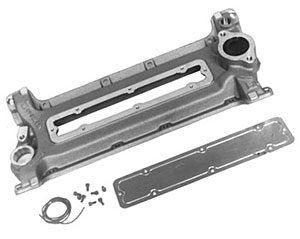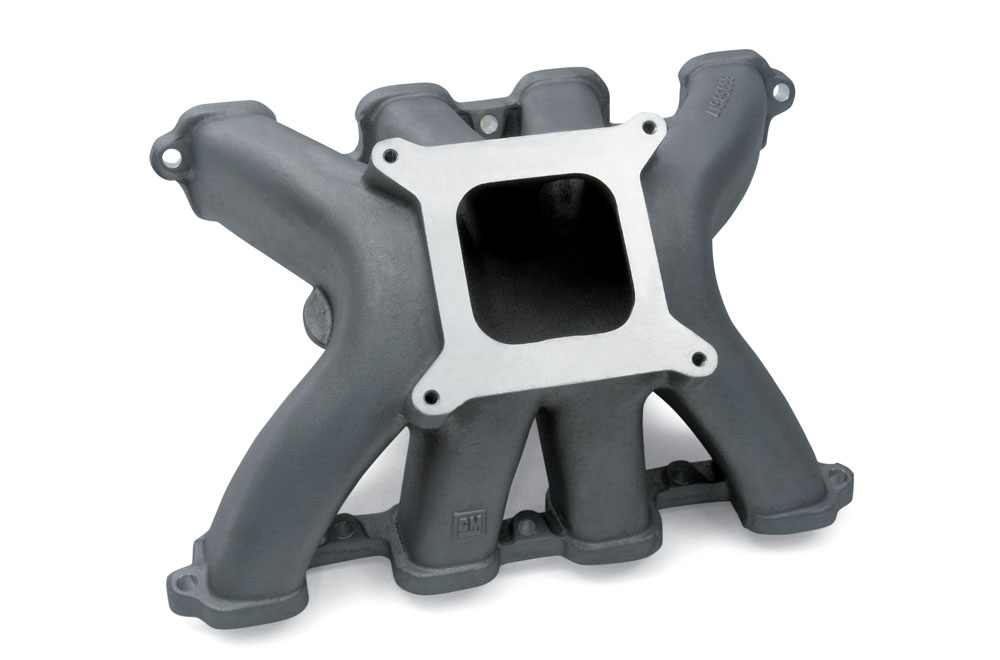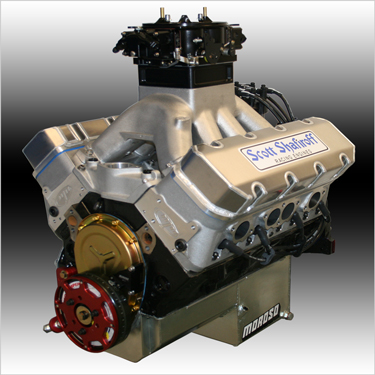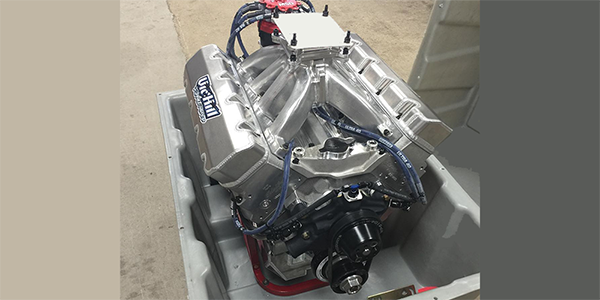KTMLew01
Team Owner
The Hunt The Front DLM bunch bought a SB2. Apparently there is an updated version called SB2.2 also. The OG SB2 was a Nascar 358 cu. in.. Now it's widely available as 440 cu. in. They bought a 440. Lots of whining on their YouTube channel by the haters about the SB2 not being any better than their 12 year old Draime which they hurt at Eldora. It dyno'd last rebuild @856HP. Not 100% certain what size the Draime is but think 430.
Seen drag racing versions of 440 SB2.2 for $20K NEW with 920-950HP. The Drag motors ARE running 15/1 comp ratio to get that. Right at 1" of valve lift!!! Can't imagine that would last long in round track racing.
Just looking for info about these. Haven't really found much data for OG SB2 at larger displacement. What I did find said it was strictly a high-RPM engine that lacked torque. Thing is, on dirt, not sure that's a deal breaker. Hard to hook-up torque monsters. If mods feel the need can move to Short Track/Dirt Late Model Section.
Seen drag racing versions of 440 SB2.2 for $20K NEW with 920-950HP. The Drag motors ARE running 15/1 comp ratio to get that. Right at 1" of valve lift!!! Can't imagine that would last long in round track racing.
Just looking for info about these. Haven't really found much data for OG SB2 at larger displacement. What I did find said it was strictly a high-RPM engine that lacked torque. Thing is, on dirt, not sure that's a deal breaker. Hard to hook-up torque monsters. If mods feel the need can move to Short Track/Dirt Late Model Section.




